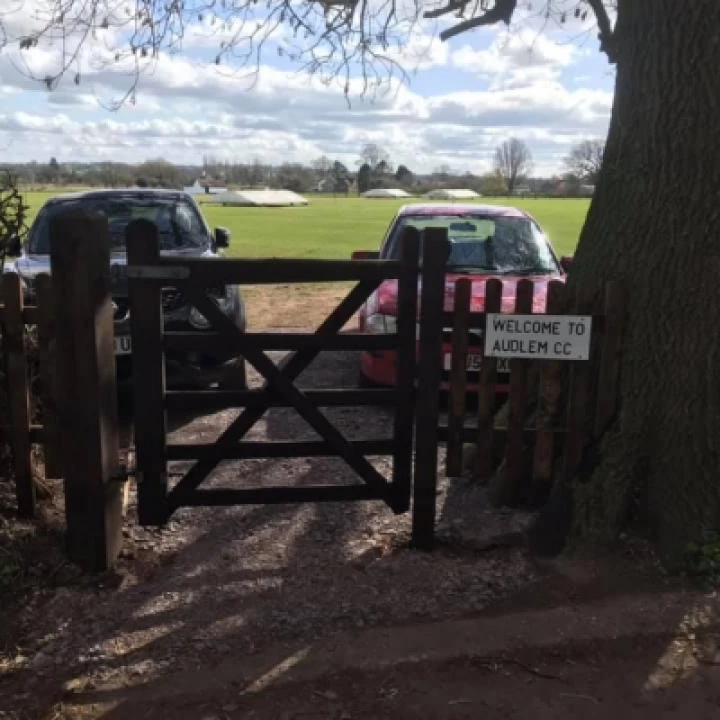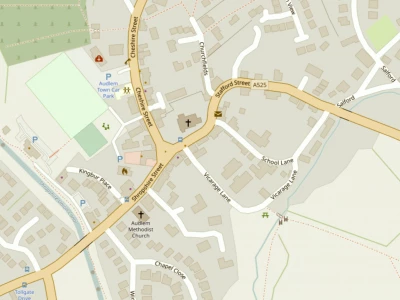







Why did things stop going around
I told you last week that I would explain why I gave up propeller making. But I'll tell you first some of the characteristics of props and why they work through air.
When I went to Wolverhampton for my first flying lesson I came across a flying instructor called Harold Norden.
Harold was a no-nonsense man from Birmingham who was a part time instructor. Wearing his other hat he was professor of Dentistry at Birmingham university and he was quite capable of calling a spade " A bloody shovel".
As we walked out to the aeroplane on the park – a Beagle Terrier – Harold explained that two three sometimes four people a year either walked or fell into the arc of a moving propeller. This is regrettably a statistic that still makes good this day.
Said Harold "First I am going to teach you how to start an engine by pulling the propeller through a compression of the engine. In those days aero engines did not have good starter motors and it was not uncommon for an engine to fail to start. First, one has to learn that British engines go the opposite way to American engines. So, one is started with the left arm and the other with the right.
There must be someone reliable in the cockpit who knows what the switches do.
The man starting must first ensure that the chocks are firmly in place and that his stance is not upon a slippery surface.
The starter calls "fuel on" .......then "switches off" and must hear a firm acknowledgement to each command before proceeding.
The starter calls " pulling through" and proceeds to pull the engine through several compressions to suck in fuel. When this is satisfied the starter calls "Throttle cracked open", "contact" and waits for acknowledgement. It is not unknown for a throttle to be wide open with the result that the engine starts at max revs and leaping over the chocks it proceeds to bite the starter. The starter has now got charge of a live propeller and setting himself carefully on firm ground he vigorously pulls it through again. Now he is expecting this propeller to immediately become the means of his demise if he does not step lively away from it. If it fails to start the procedure is repeated with great care.
You now have a running engine which must be set at low revs or the craft may move before you are ready. So, you take your seat and shout "chocks away" and taxi out to the runway in use, checking that you are not baulking other aircraft. You ascertain where the holding point is and stop there until commanded to advance into the runway.
Why do propellers work in a medium as thin as air?
Well, it is like this, if the prop is a fixed pitch it means that the twist on the blade is set to carve it's way through a certain amount of air per revolution. A typical pitch for a light aeroplane may be 54 inches. This does not mean that it will take the vehicle 54 inches forward for every rotation of the engine because it will slip and lose about 12% of distance.
Only the outer third of each blade will be propelling the vehicle forward, the inner two thirds merely send cooling air to the engine. Commercial passenger aircraft have variable pitch props which can be manipulated by the pilot for the immediate task. Fine pitch for take off and climb, course pitch for cruise. Light aircraft do not have this luxury, though there is a movement now to produce small and light variable pitch props.
The first reason for ending the business came about as follows:
At the time I was carving props I was also running two D I Y shops. So I was pretty busy. If one of my staff went sick I was the only body to fill the empty spot. This was not too much trouble until one of my managers went down with a heart attack and was clearly going to take some time to recover and I can't be in two places. I soon found myself running from one job to the other and it was very tiring.
The second reason for winding up the business was even more serious.
During the 1980s there began in America a movement in the laws of liability. It began in a small way with people and companies being sued for damages for occurrences that they had not participated in. It soon began to impact on manufacturers of many things including aircraft. Cessna, Piper and Walter Beech virtually stopped building light aeroplanes as they were being sued or threatened by people who were claiming that problems encountered on aircraft that they had built 6, 7 and 8 years before and which had not been properly cared for were still the responsibility of the makers.
This movement began to spread to the UK and Mrs Thatcher instituted a form of liability laws that inhibited manufacturing of all sorts of commodities. Any one who had built an aircraft in his own workshop found that the risk was too great if it were sold to another aviator. So they began to destroy them rather than sell them.
All this meant that people like me who were manufacturing components found themselves at a considerable risk of being sued for something made and sold years before and perhaps not properly maintained by the present owner.
A particular friend of mine who owned a small, open cockpit and aerobatic aircraft asked me to design and make a prop for him. This I did, and he used it successfully for a considerable time. Then one day he lent the aircraft to a man who was a professional pilot who felt the need to conduct some aerobatics. Unfortunately he crashed the aeroplane and was badly injured in the accident.
You may know that aircraft involved in crashes are shipped to investigation at Farnborough and what was left of this aircraft was sent to Farnborough to discover if it had been faulty.
I subsequently discovered that the injured man's family were trying to find someone worth suing and my prop was top of the list. However it seems that Farnborough inspectors gave it a clean bill of health.
That experience convinced me that I should stop putting my family at risk of such an action.
Fortunately the Americans decided that they had made a mistake and abandoned their new laws and enabled Cessna, Piper and Walter beech to resume aircraft manufacture.
Of course we in the UK followed that lead and abandoned the pernicious laws. In the meantime I sold my prop carving machine to France and made plans to convert the premises into a dwelling.
Cheerio for now,
Geoff
This article is from our news archive. As a result pictures or videos originally associated with it may have been removed and some of the content may no longer be accurate or relevant.
Get In Touch
AudlemOnline is powered by our active community.
Please send us your news and views using the button below:
Email: editor@audlem.org


